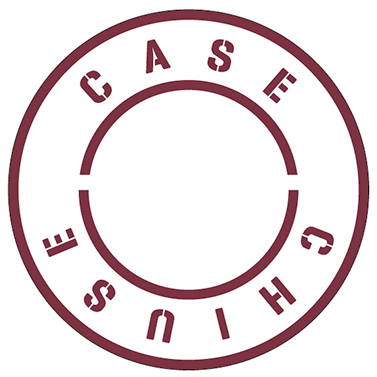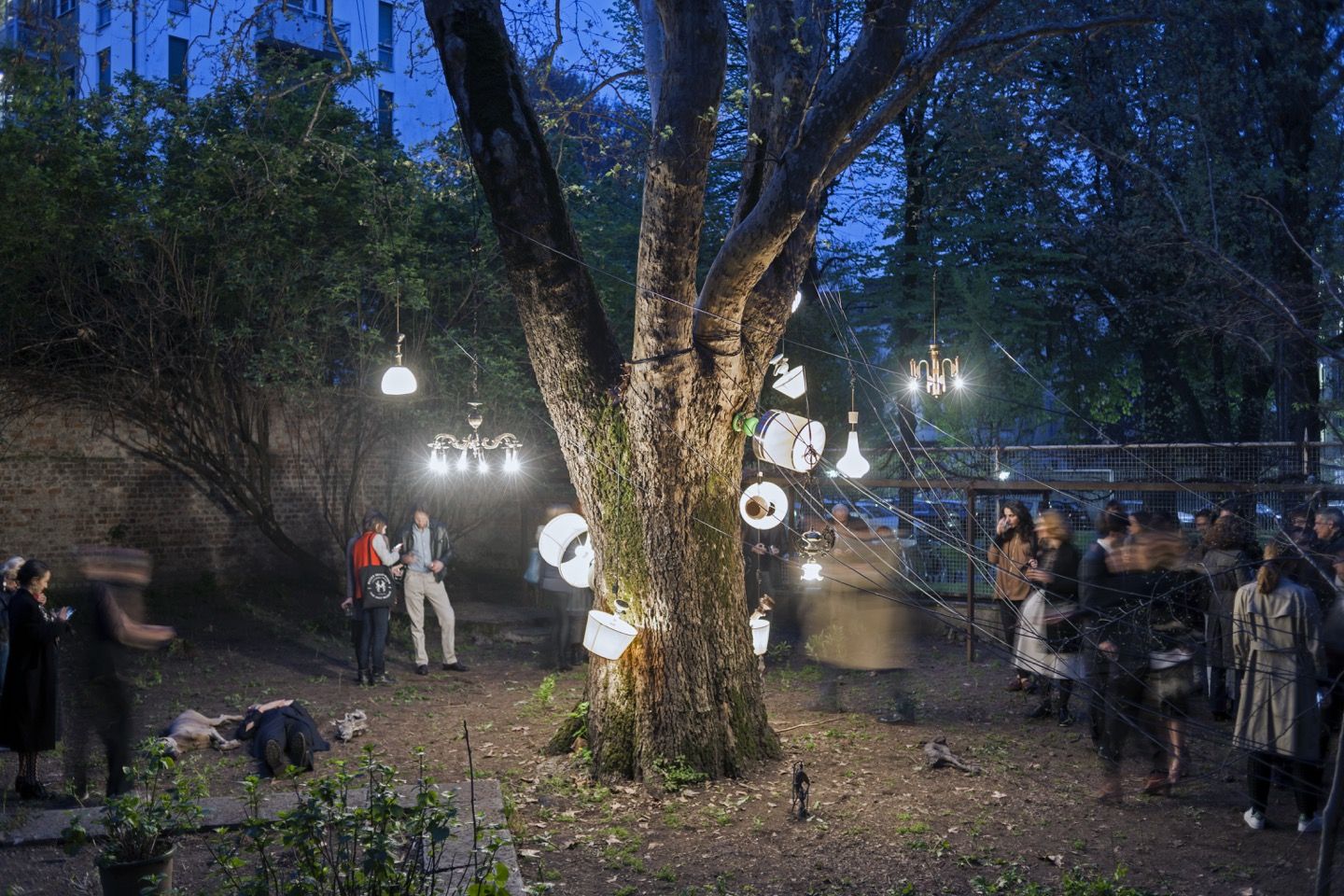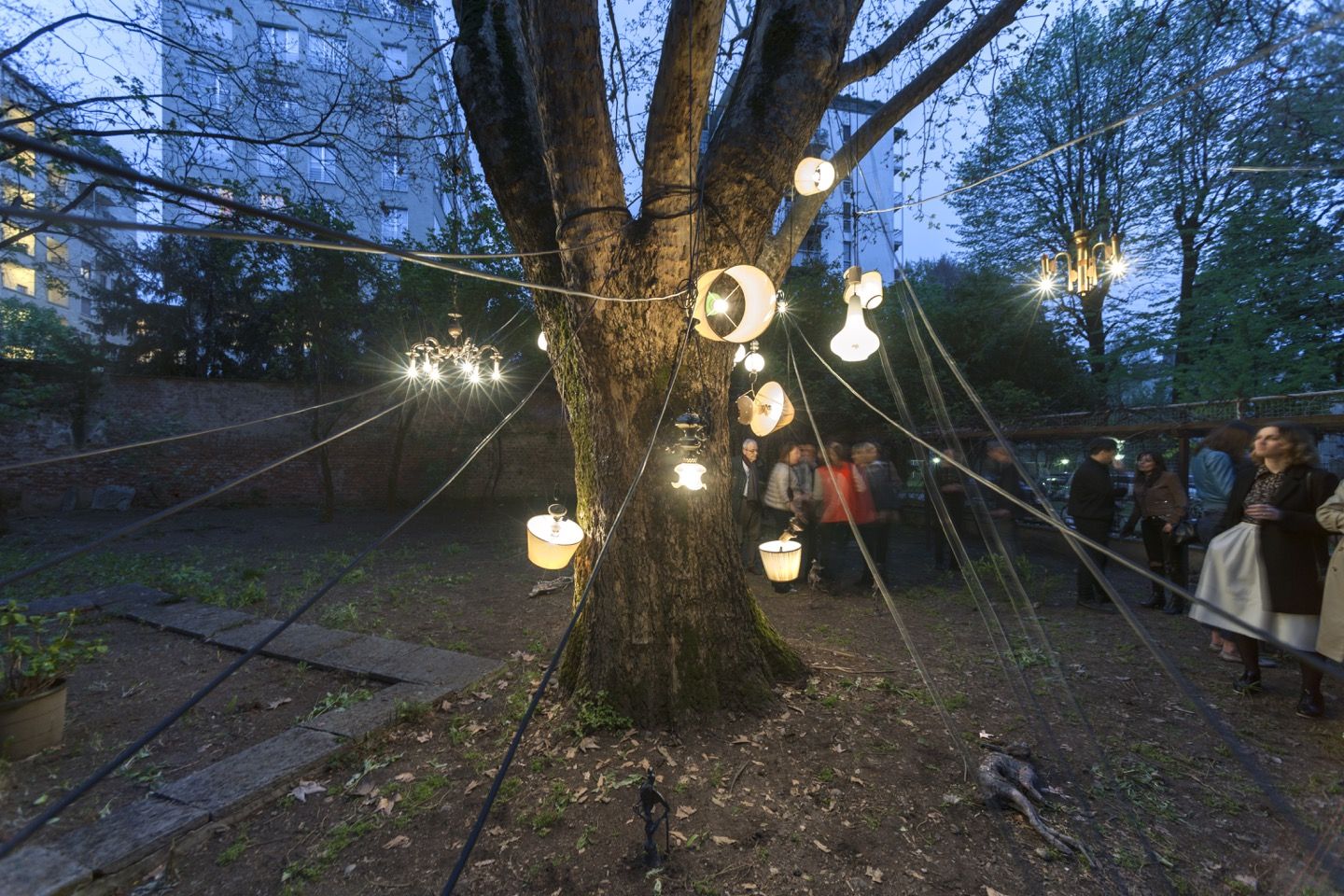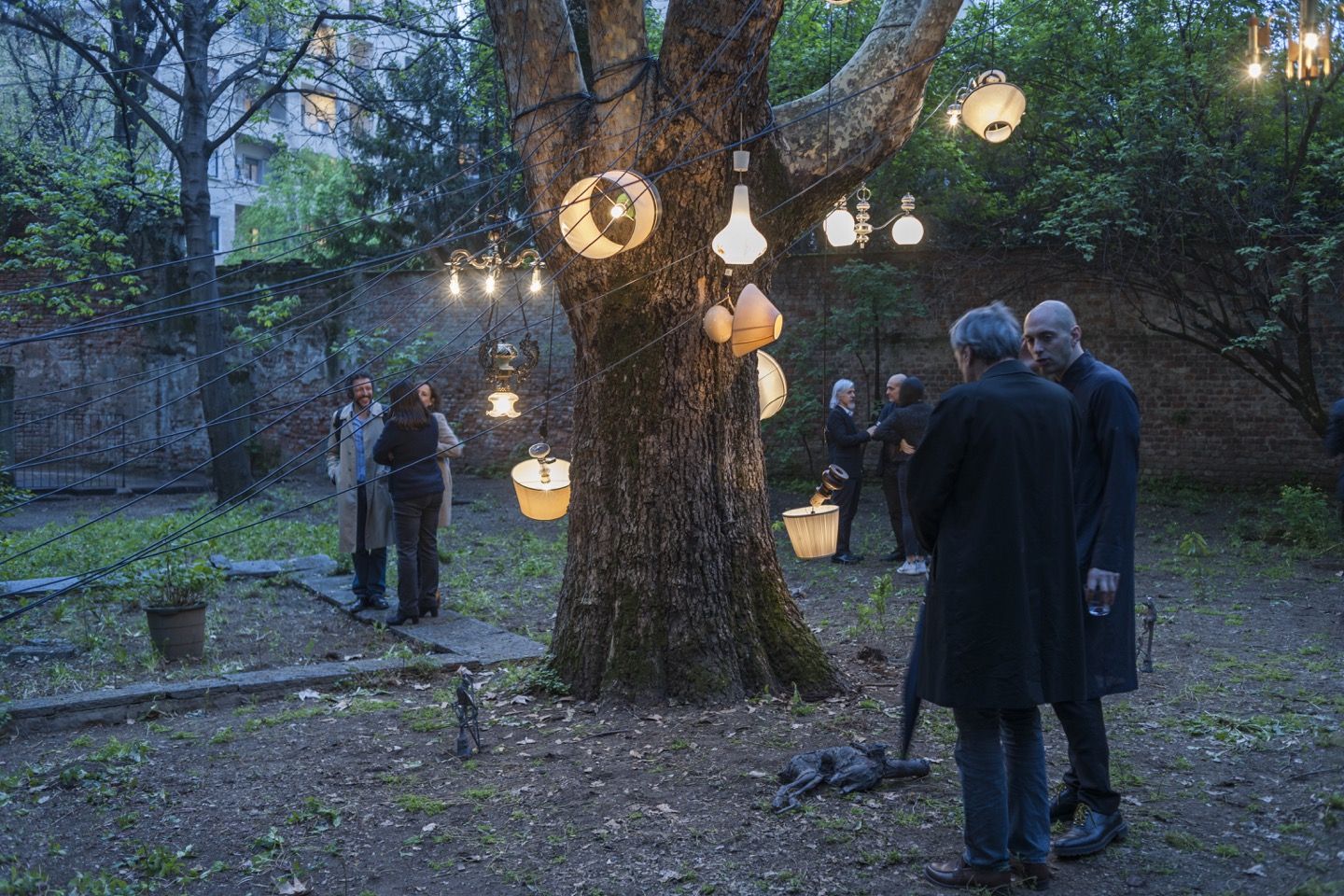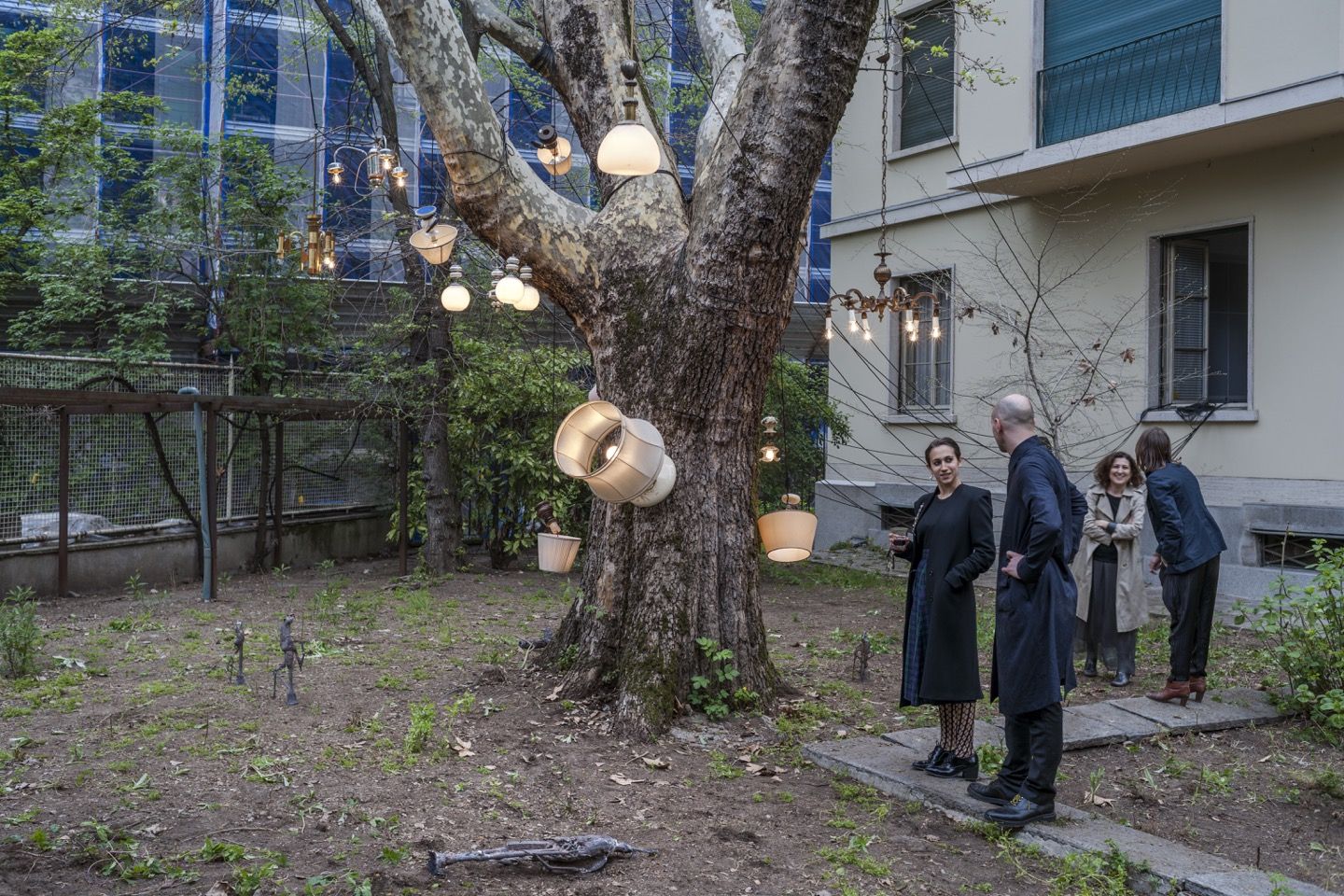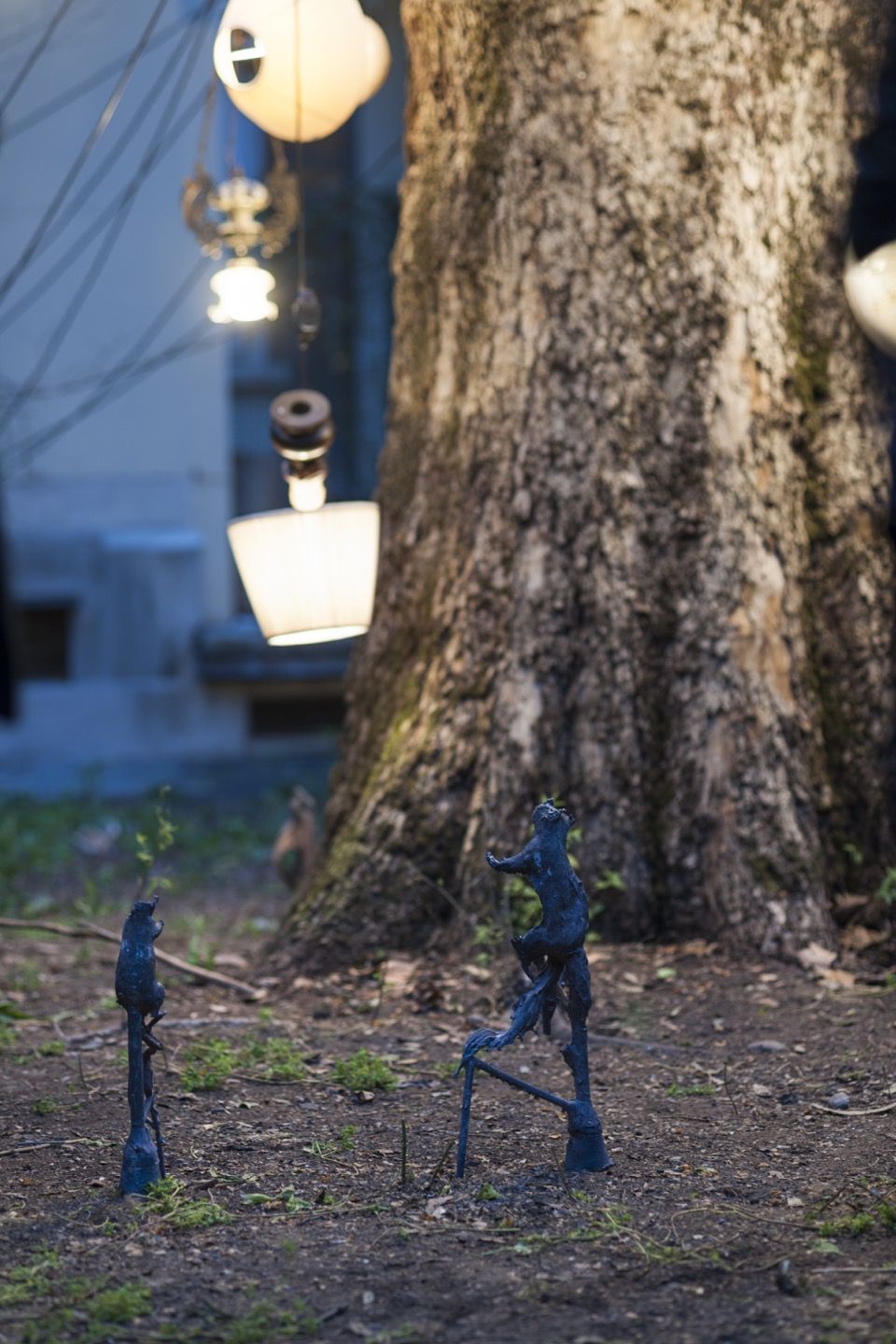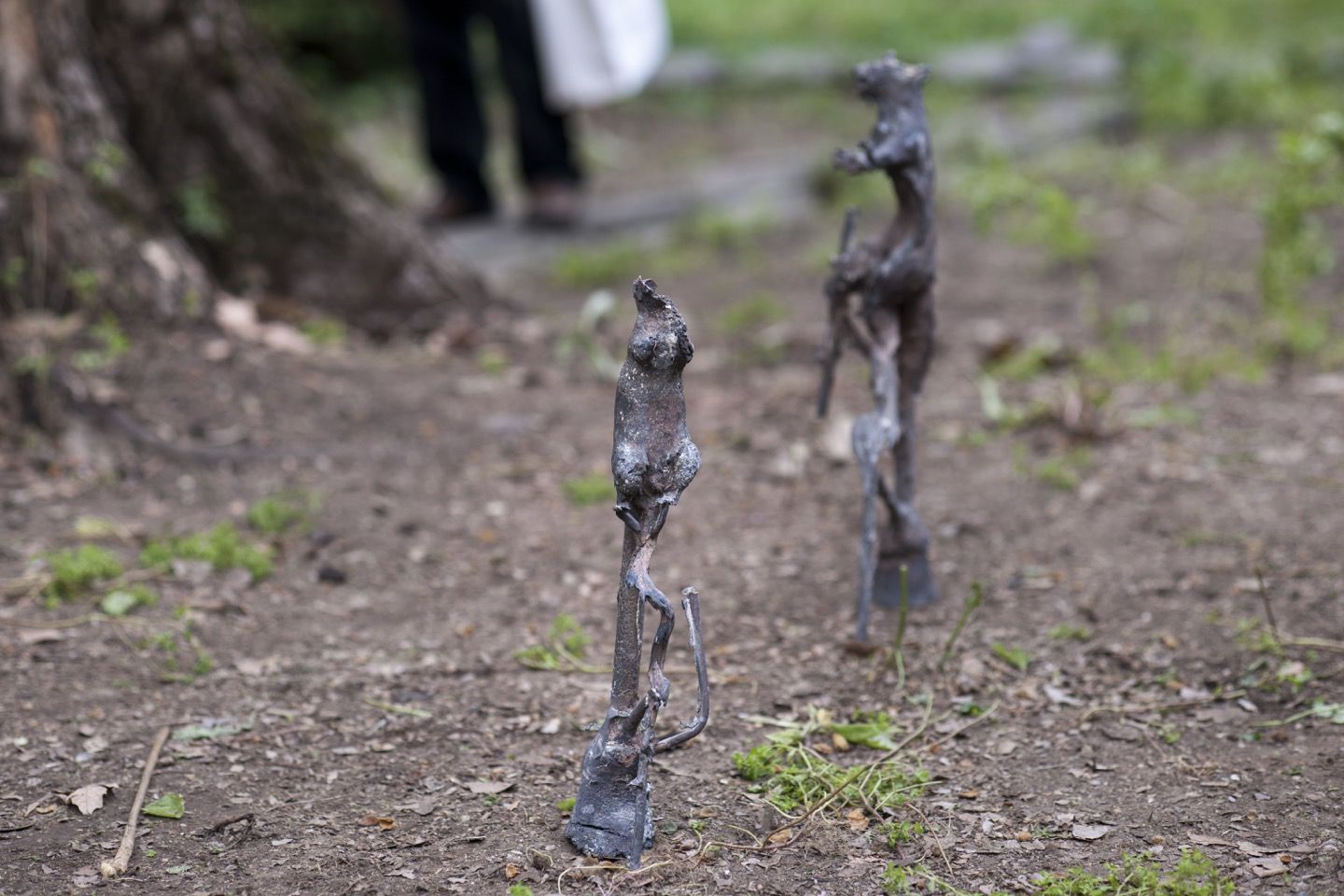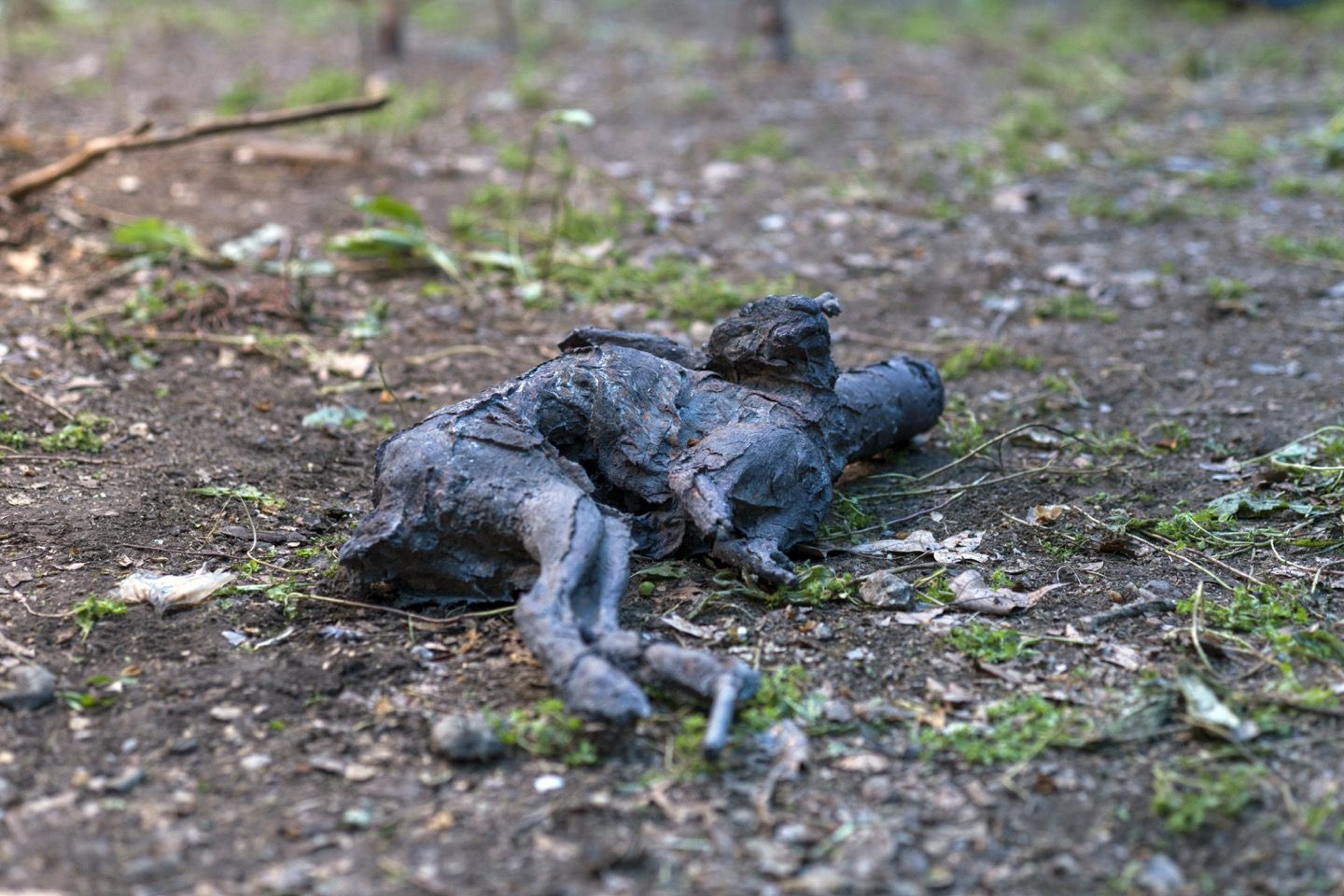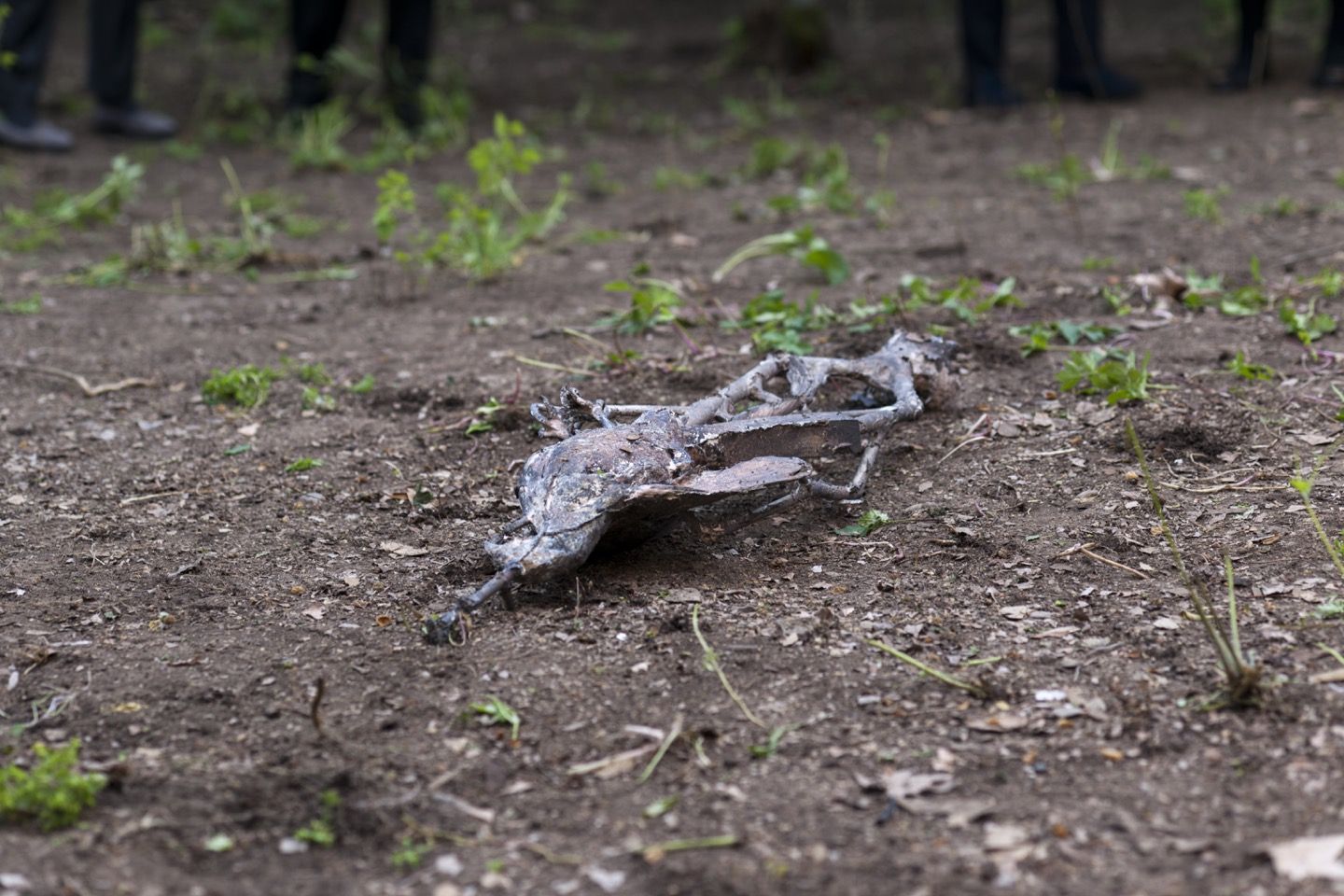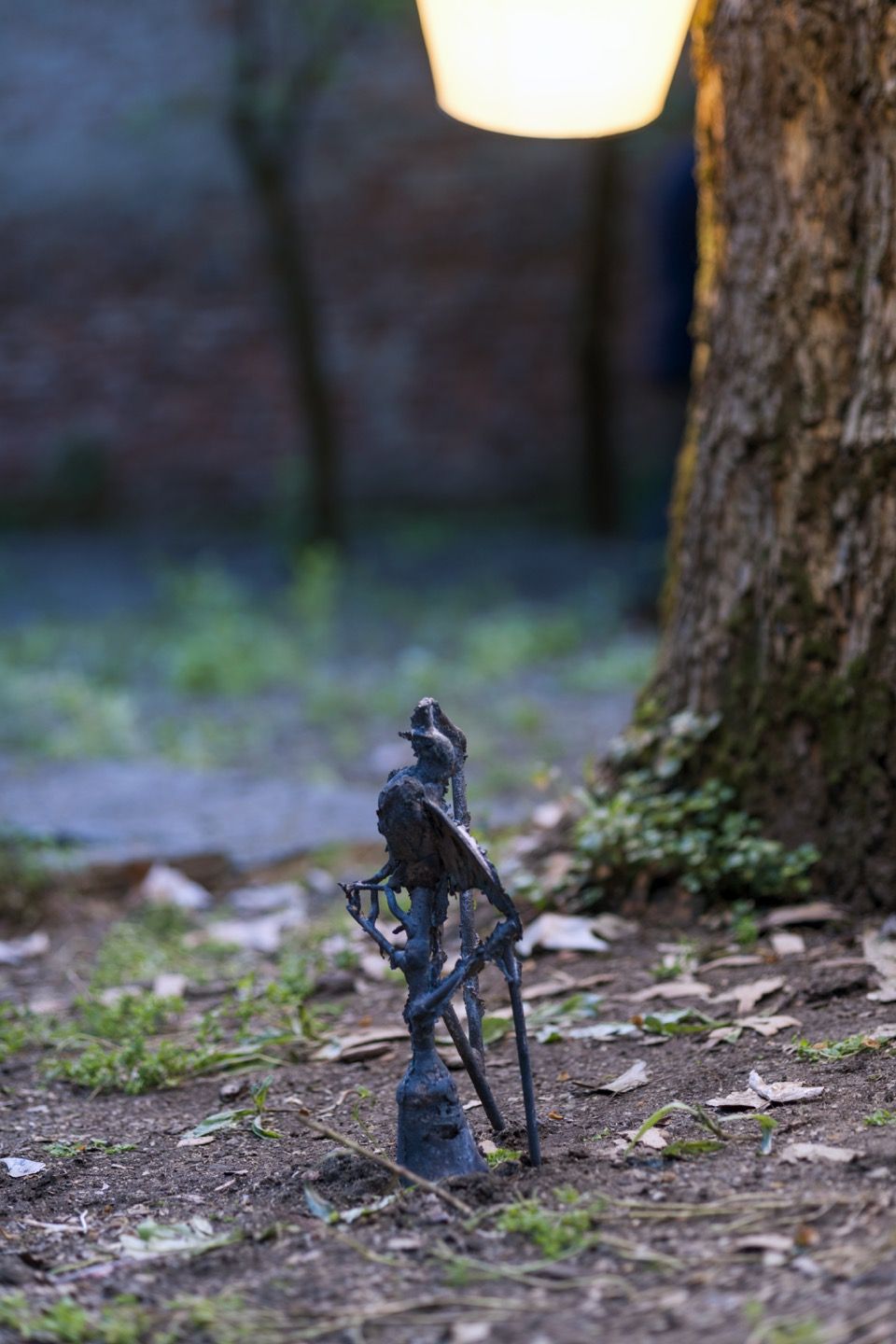Casa Bonacossa via Necchi 14, Milano
April 4th - 14th, 2016
NICO VASCELLARI
Case Chiuse #03 by Paola Clerico
In “The Concept of Action in Painting”, Harold Rosenberg maintains that art, as an action engaging the subject in its totality, “does not originate from proper reasoning but from the contradictions of reason through the ambiguities of a metaphor.” These words offer a synthetic and sharp interpretation of the work of Nico Vascellari and, most notably, they explain the process of his intervention for this exhibition in the garden of Casa Bonacossa, in Milan, where the work, as it is often the case, becomes embodied meaning and makes the visible a metaphor of an ‘other’ space.
The artistic research of Nico Vascellari begins with music, expands through performance and comes down to art by connecting often diverse areas of knowledge in an instinctive, but at the same time, deeply conscious manner. His action is fueled by the eagerness to probe the deepest side of the human being, to establish a relation between the intimate space of memory and emotions and the physicality of materials, to subvert the visual field and the forms of knowledge generating multiple possibilities of interpretation.
Nico Vascellari offers no answers. On the contrary, his artistic action keeps questioning his own practice in order to overturn the rules of the game. Choosing at will among different expressive media, he claims out loud his total freedom of action beyond preset borders and languages, specious citations, and trite formulas.
By entering the garden of Casa Bonacossa, in via Necchi 14, Nico Vascellari collapses the difference between exterior/natural space and interior/domestic space. The interior of the house is inaccessible to the public, yet it becomes an integral part of the outdoor site-specific installation.
The sense of estrangement, which Vascellari is fond of, is further increased by the intervention on the nature of the spring landscape that projects the viewer into a paradoxical, dreamlike temporality. The course is shaped like a treasure hunt that refers to either burial rites and the archetypal experience of returning bodies to the earth.
Besides the site-specific installations, in the garden there is also an intimate, biographic work inspired by the loss of the Vascellaris’ dog. In the artist’s words: “after caring for it until its death, it was all about what to do next: a burial in the mountains or rather cremation so as to prevent boars or other animals from eating the remains.” In the end, the dog was cremated but the the artist remained convinced that it would have been better to bury the dog in the land where it had spent all its life and that being eaten up by boars or worms would not have changed the experience of death, actually it would have been a more natural return to earthly elements. The thought of this cremation persisted in the mind of Vascellari who began a new series of bronze sculptures that combine burial and cremation rituals. He collected dead animals found during his solitary walks in the woods and cast them directly in bronze without making a mold. These sculptures, which the artist describes as “classic”, express the same vital and exuberant energy we experience during his performances. The naturalness of the animal is almost frozen, or rather suspended in an undefinable temporality that is connected to some untranslatable origin, something primeval like the ruins of Herculaneum and Pompeii. These works condense the generating energy of nature and the endless motion of evolution.
